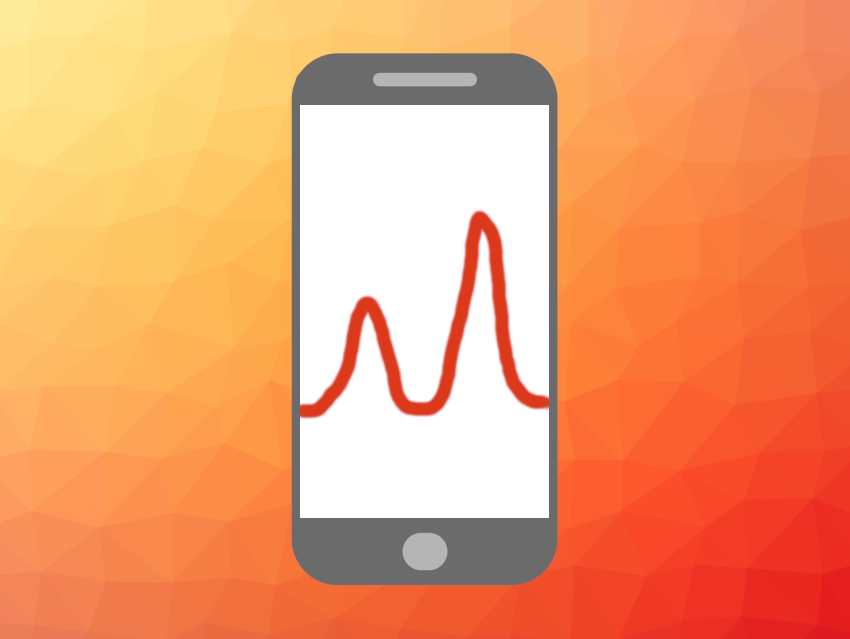Cameras in cellphones have improved in quality and light sensitivity in recent years. This also makes them useful as sensors for some analytical applications, particularly in remote areas or other use cases where there is no access to a full laboratory. Raman and fluorescence spectroscopy, for example, are based on the scattering and emission of light, respectively—light that could be detected using a cellphone camera. In Raman spectroscopy, a laser is used to illuminate a sample and the scattered light provides information about vibrational modes, and thus, the identity of the molecules in the sample.
Peter M. Rentzepis and colleagues, Texas A&M University, College Station, USA, have developed a small, portable, low-cost Raman spectrometer system that uses a cellphone camera as a detector. Usually, Raman spectra are recorded by detecting backscattered light, however, this requires expensive mirrors and filters. When a transmission arrangement is used, the laser used to excite the sample hits the detector and masks the signals, again requiring filters. To avoid both of these issues, the team used a right-angle arrangement, where the detector is placed “to the side” of the laser beam. The researchers used an inexpensive diode laser emitting at 532 nm together with simple plastic lenses, a transmission grating, a quartz cuvette for the sample, and different models of cellphones to build their spectrometer.
The team obtained pictures of spectral lines, which were converted to Raman spectra by plotting the measured intensity vs. the wavenumber. The wavenumber measurement was calibrated using the known Raman bands of ethanol. The researchers recorded spectra of several organic compounds, such as commonly used solvents, as well as biological samples, e.g., carotenes in carrots and pigments in bacteria. While the signal-to-noise ratio is not yet as good as in commercial Raman spectrometers, the system could be used to detect analytes in the field. The components only cost about USD 50 in addition to the price of the cellphone.
- Cell-phone camera Raman spectrometer,
Dinesh Dhankhar, Anushka Nagpal, Peter M. Rentzepis,
Rev. Sci. Instrum. 2021, 92, 054101.
https://doi.org/10.1063/5.0046281




